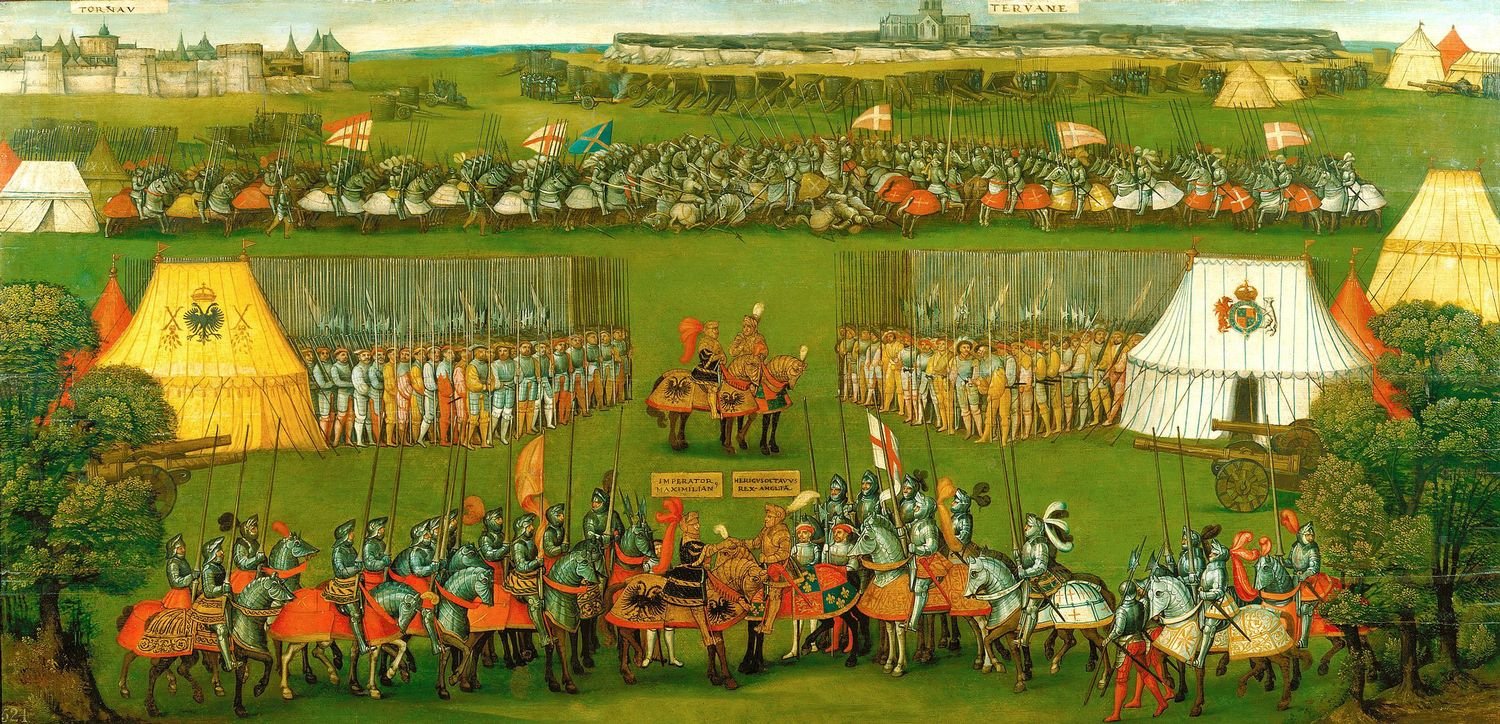
European Armour in the Royal Collection
An introduction to European armour in the Royal Collection.
Prince Albert
1846RCIN 2070
This sculpture, down to the detail of the armour, reflects Prince Albert's (1819–1861) lifelong interest in classical forms. At the age of nineteen, the prince had visited Rome, where he met archaeologists who asserted the superiority of ancient Greek art. They particularly praised marble sculpture, and the prince subsequently became a significant patron of neoclassical sculpture of this kind. In keeping with this taste, the armour here evokes the muscle cuirass first worn in ancient Greece. With rectangular chest and articulated torso, breastplates of this type conjured an ideal of the male anatomy associated with military and moral virtue. The statue, commissioned by Albert himself, represents his vision of his role as royal consort, 'fighting the good fight' as faithful husband and subject. Loyalty to the queen is represented by the figure of Victory or Victoria on his breastplate, while the national symbols of Britain and of Saxony indicate patriotic duty.







